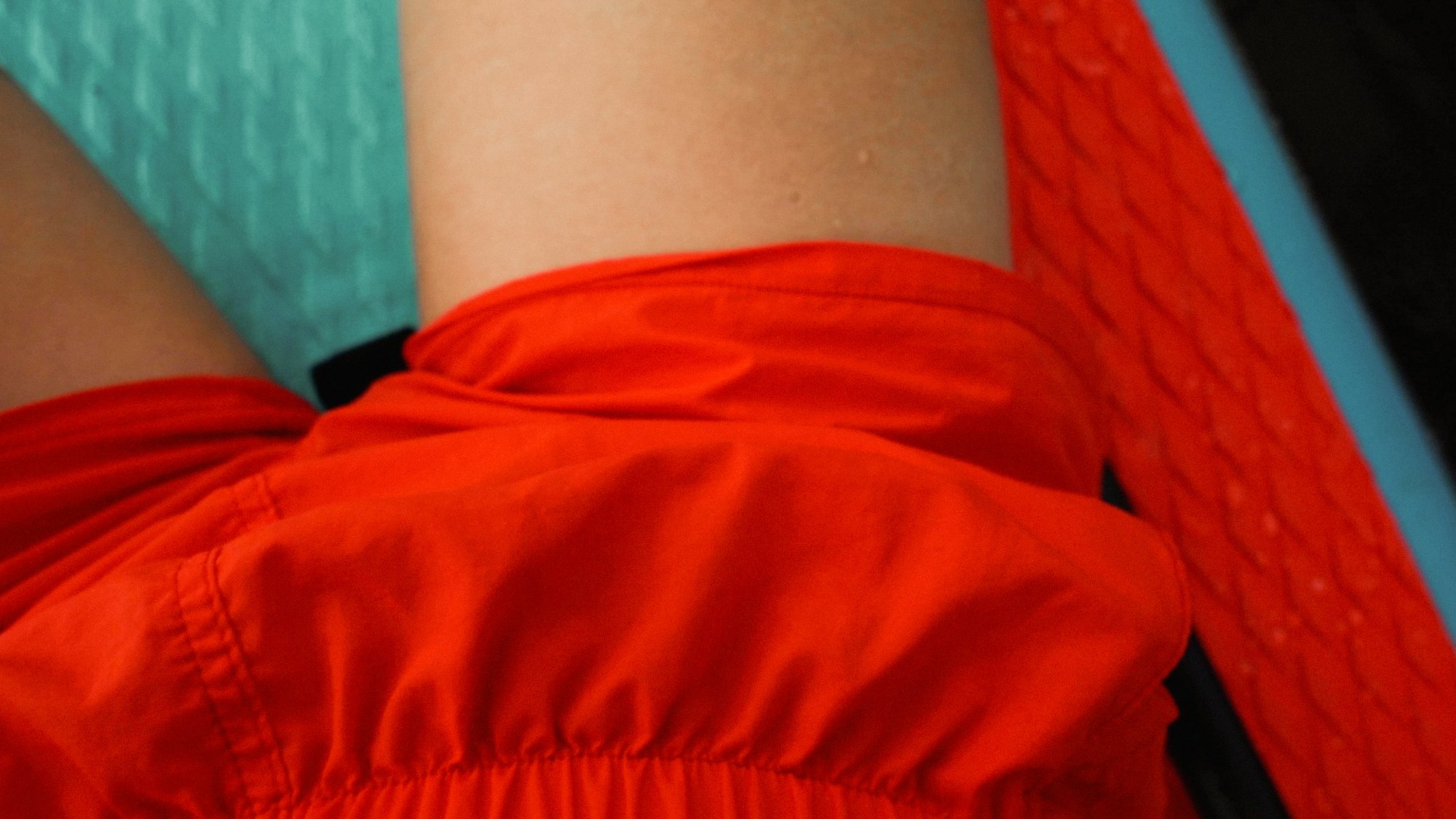My bicycle, Daisy, and I went on a long bike ride together a few years ago. We rode down the Mississippi and across the hot plains of Texas. Here are some photos of the day we arrived at the Gulf. It was a nice feeling to make it that far.
To save weight on the road, I wore the same clothes everyday and washed them at night — yellow Baggies, a blue cotton tee (note to aspiring touring cyclists, maybe don’t go the cotton tee route. It was not my smartest move), and a pair of Teva sandals.
Daisy also carried my tent, sleeping bag, sweater, rain jacket, extra shirt, pants, and shorts for rest days, repair kit and tools, and of course, snacks.
This summer, I bought a big stack of fun colored nylon taslan and started making a shorts pattern for new adventures inspired by those shorts.
Follow along for a day on the lake with my paddleboard to see how the pattern is looking so far.
I’m jealous of those people who have nice husbands who take beautiful photos. Until I find one, I’ll just precariously perch my camera on the flotation device, ready to plop into the depths at any moment…. I signed up for Tinder last week, so, you know, there’s always hope.

































































